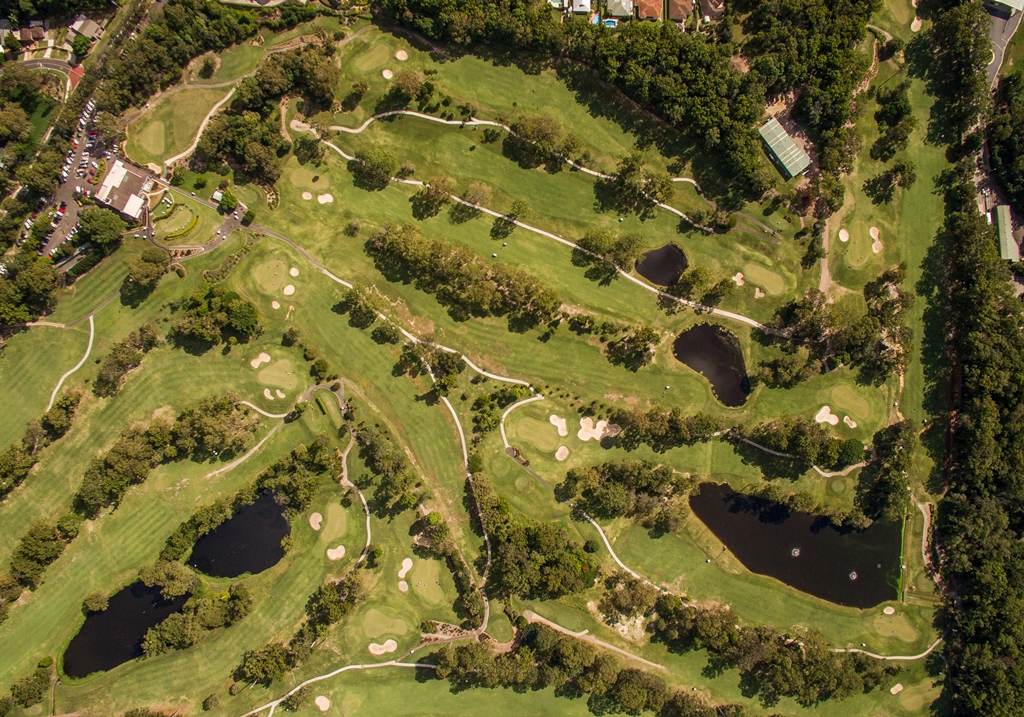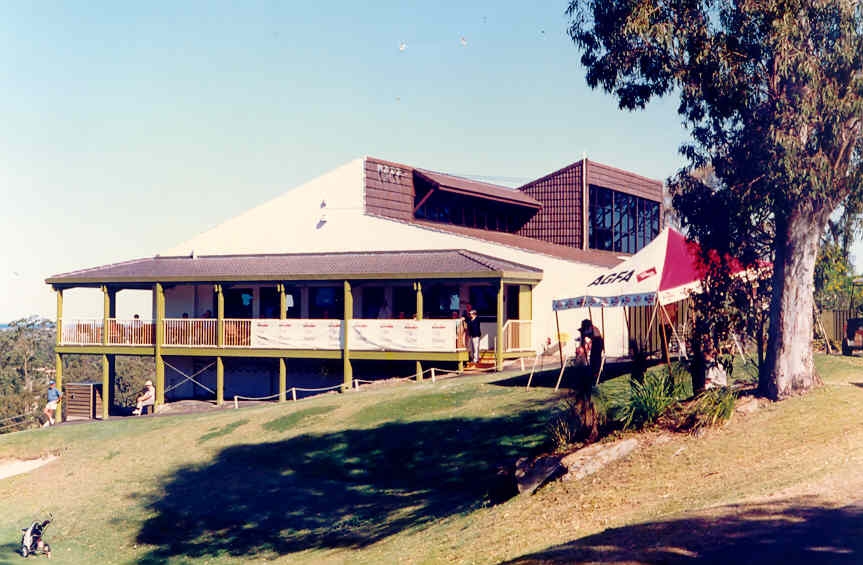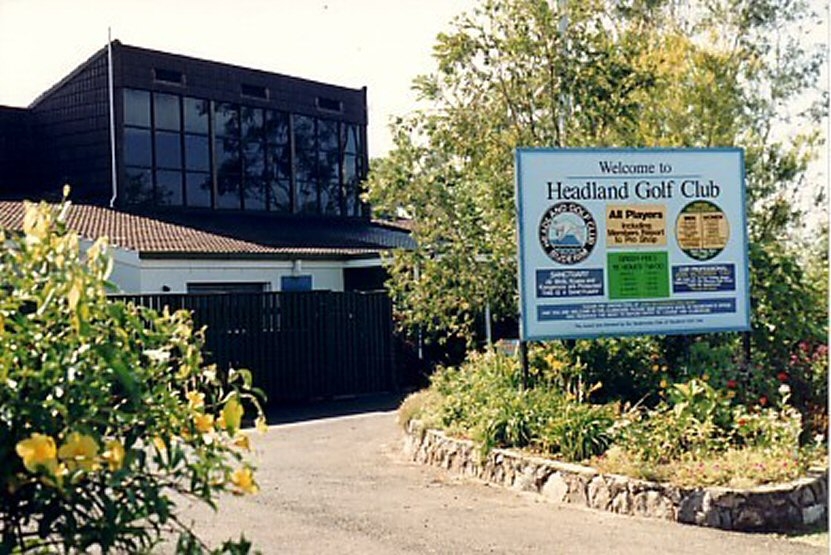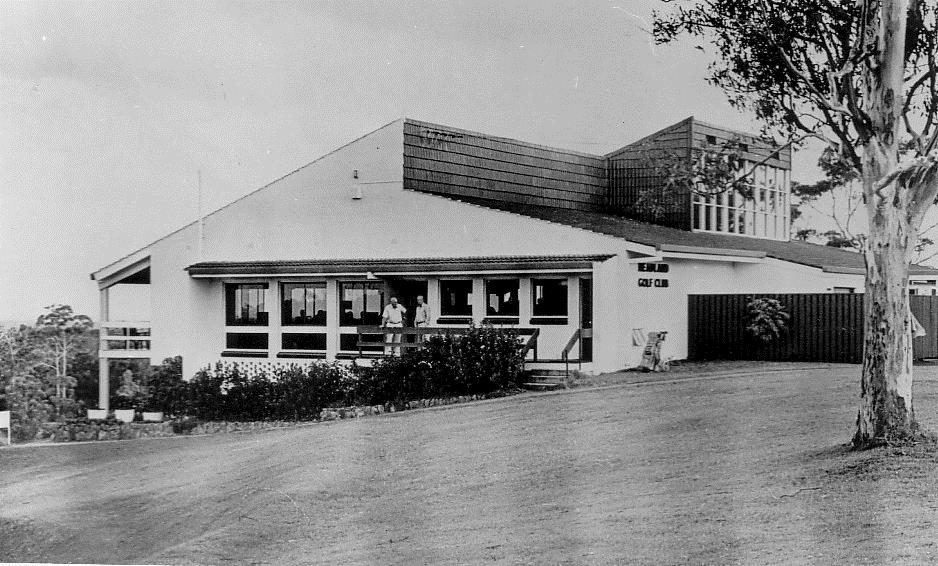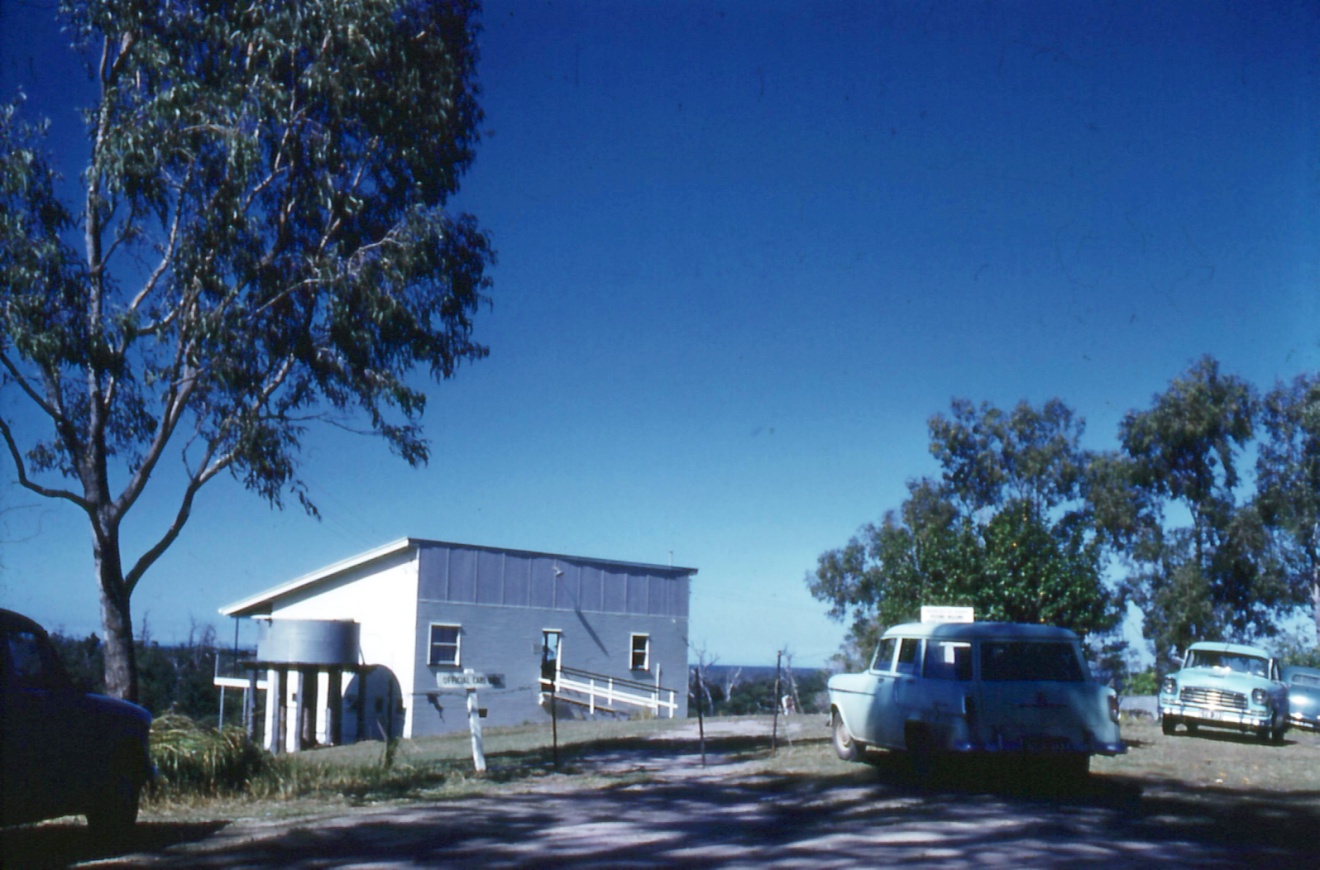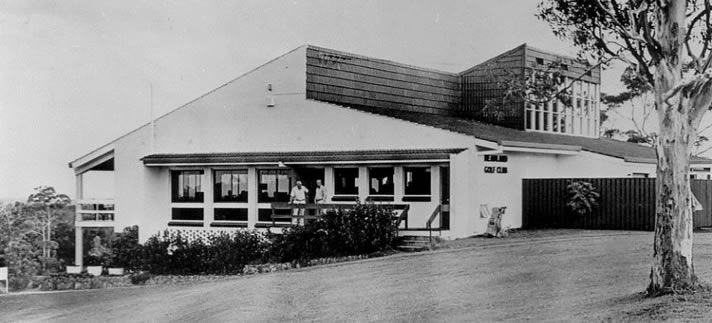
Club History
The first golf course on Buderim was established in the late 1920s. The nine-hole course was located on land belonging to H.V Fielding which straddled both sides of Gloucester Road.
Following a dispute in the 1930s, a new 9-hole course was established on land offered by Dr. H.K. Shaw on “Marimba”. Grazing cows “mowed” the fairways and the greens were fenced with styles for players to climb over to get onto the course. Sadly, the course fell into disrepair during World War 2 and was never resurrected.
In the early 1950s a group of enthusiasts began discussing the formation of another Buderim Golf Club.
In July 1954, Mr. W.E.G Middleton stood on a ridge where the clubhouse now stands. Gazing towards the sea, over forest and clearings that had recently been farmed by Alex Greig and sons, he realised this was an excellent site for a golf course.
Ossie Walker, who was the Professional at Indooroopilly Golf Club at that time, was invited to express his opinion and his report concluded:
“In my opinion, a good golf course can be constructed on the property and the soil appears to be most suitable for golf greens provided water is available.”
Work was soon underway and the course immediately started to gain media attention:
Planning Headland Golf Course – The Advertiser 30 July 1955
Great interest is being evinced in the new Headland Golf Club. Clearing has begun and it is now even more obvious that the situation is extremely good. The highest land is at the entrance to the course and will make an ideal site for the clubhouse.
From this point, the planned course fans out in a half circle so that play on all fairways can be seen.
The site is backed by a splendid view of the sea and Point Cartwright. Couch grass on the patches of ground already mown is establishing itself well. Rules were approved and the officials appointed at the first general meeting.
By Christmas Day 1956, just 18 months after those who attended an inaugural meeting resolved to form a golf club, five holes of the course opened for play. This enabled 9-hole competitions to be played by using the first four holes twice.
The true nine-hole course was first played in 1958. It used the first four holes of the original layout, which became holes 6, 7, 8, and 9, with 1, 2, 3, 4, and 5 much the same as our current holes 10, 15, 16, 17, and 18.
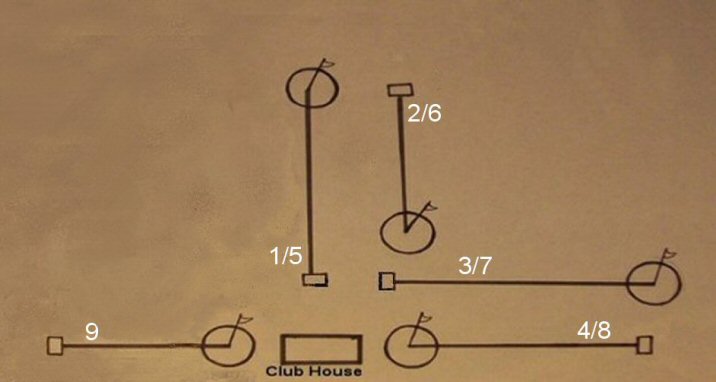
The 18-hole layout was finished in 1965. This was a big event for Headland with Sir Emanuel Hornibrook, President of the Queensland Golf Union, opening the course on the 9th October 1965. He marked the occasion by driving a ball down the first fairway.
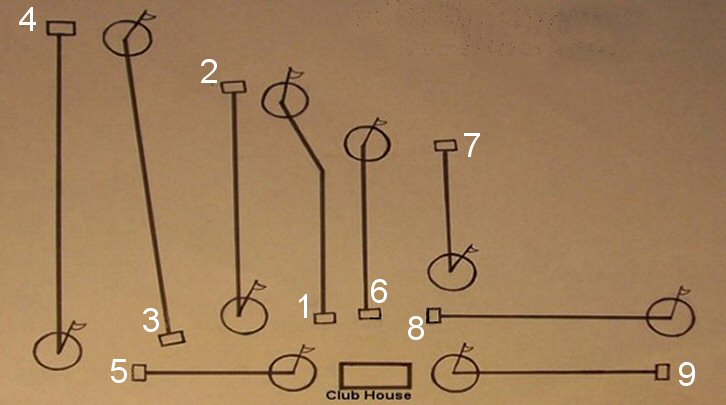
The 18-hole course was similar to our present-day layout although several greens and tees have been enlarged, reshaped, or elevated. The major changes from the original course include:
- 1st hole – The tee was originally placed where the lower practice putting green is now.
- 7th hole – The green was extended some 80 metres. It was originally near the current right-hand bunker.
- 11th hole – This hole was a Par 3, 198 metres and rated as Index 6.
- 12th hole – Where there is now a large dam was once a dense, wet area that was impenetrable; a ball hit into this area was well and truly lost.
- 14th hole – This hole was a blind Par 4 with a ladder on the tee so players to check if it was clear to hit. This hole was later made a Par 3, which allowed the 10th to be extended by some 55 metres. The 11th was then extended and became a Par 4 by placing the tee where the original 14th green had been located.
In 1960, work commenced on concreting the ground floor area which consisted of locker rooms at each end with a small storeroom in between. Alterations and additions were made to the existing building in September 1964.
In September 1973, a new clubhouse was built over the top of the previous clubhouse. The general shape of this clubhouse was similar to our existing clubhouse although minor alterations have been made since then including the addition of the Dining Deck, the Bar renovation and an extension to the Pro Sho.
With our Future Fund in place we look forward to continuing to improve the club for future generations while maintaining our historic connections.






